La reproducción asexual por estacas es la manera en la que algunas plantas pueden reproducirse en condiciones no ideales, es decir donde las semillas no tienen las condiciones para germinar. Por lo cual este método es de mucha ayuda y de mucha importancia para reproducir algunas plantas, por ejemplo las plantas de Uva pueden reproducirse por estacas para mayor facilidad, ya que las semillas tienen una germinación muy delicada, y de esta manera podremos obtener mas plantas mucho mas fácil, todo esto cortando Esquejes de las plantas madres.
También mediante las estacas se pueden injertar dos variedad de uvas.
Asexual reproduction by cuttings is the way in which some plants can reproduce in non-ideal conditions, that is to say, where the seeds do not have the conditions to germinate. For which this method is very helpful and very important to reproduce some plants, for example grape plants can be reproduced by cuttings for ease, as the seeds have a very delicate germination, and in this way we can get more plants much easier, all this by cutting cuttings from the mother plants.
Also by means of the cuttings two varieties of grapes can be grafted.

Nuevamente en una actividad de propagación de plantas para el jardín de nuestra universidad hicimos estacas de Gliricidia sepium (Rabo de raton, matarraton), así se le conoce coloquialmente en nuestra zona. Es una planta conocida por su manera tan increíble de retoñar y sobrevivir a podas, incendios y cortes completos de la planta, ya que si queda un vestigio del tronco y raíces, la planta puede retoñar nuevamente.
Again in a plant propagation activity for our university garden we made cuttings of Gliricidia sepium (Rabo de raton, matarraton), as it is colloquially known in our area. It is a plant known for its incredible way of sprouting and surviving pruning, fires and complete cutting of the plant, since if a vestige of the trunk and roots remains, the plant can sprout again.
Esta planta o el extracto de las hojas de utiliza como insecticida contra algunos gusanos, además de ser repelente, es toxica para perros y roedores, por lo cual no suele ser bienvenida en fincas donde se tengan caballos ni ganado vacuno.
Sus raíces fijan nitrógeno y almacenan gran cantidad de agua y puede sobrevivir en distintas regiones del país.
La altura de la planta puede ser de mas de 12m de alto y su tallo no suele ser muy grueso, es realmente flexible y no quiebra fácilmente.
This plant or the extract of the leaves is used as an insecticide against some worms, besides being repellent, it is toxic to dogs and rodents, so it is not usually welcome in farms where there are horses or cattle.
Its roots fix nitrogen and store a large amount of water and can survive in different regions of the country.
The height of the plant can be more than 12m high and its stem is not usually very thick, it is really flexible and does not break easily.
Nuestro trabajo fue ir a buscar algunas ramas gruesas en una zona del parque universitario, aproximadamente 15-20 min de caminata hacia el pie de la montaña, se debían cortar ramas secundarias, sin dañar a la rama madre o principal para de esta manera siguiera su crecimiento.
Our job was to look for some thick branches in an area of the university park, approximately 15-20 min walk to the foot of the mountain, we had to cut secondary branches, without damaging the mother or main branch to continue its growth.

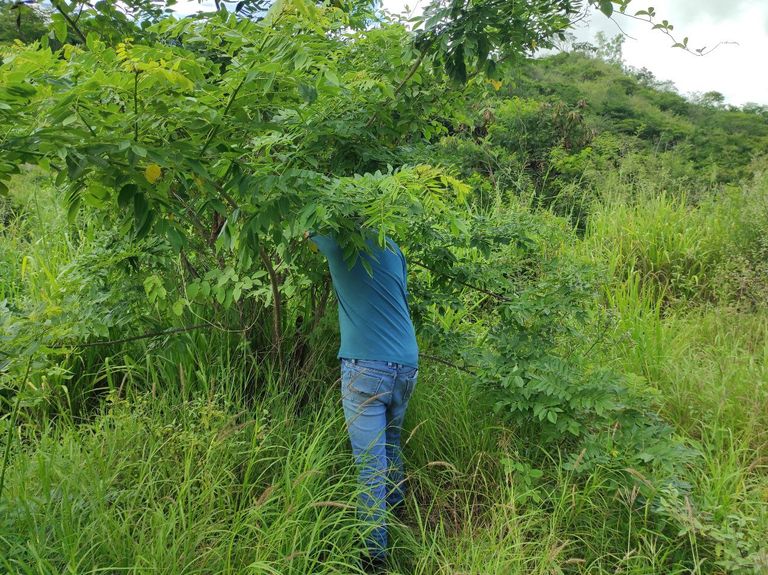
.jpg)
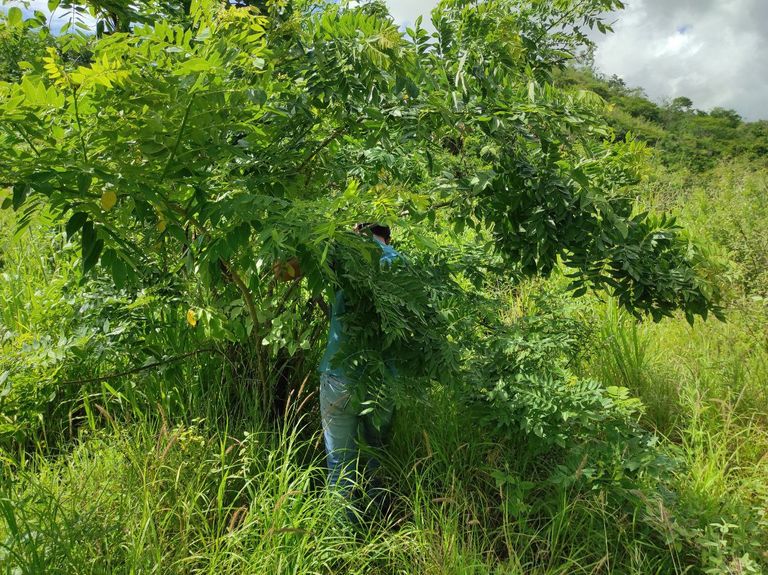

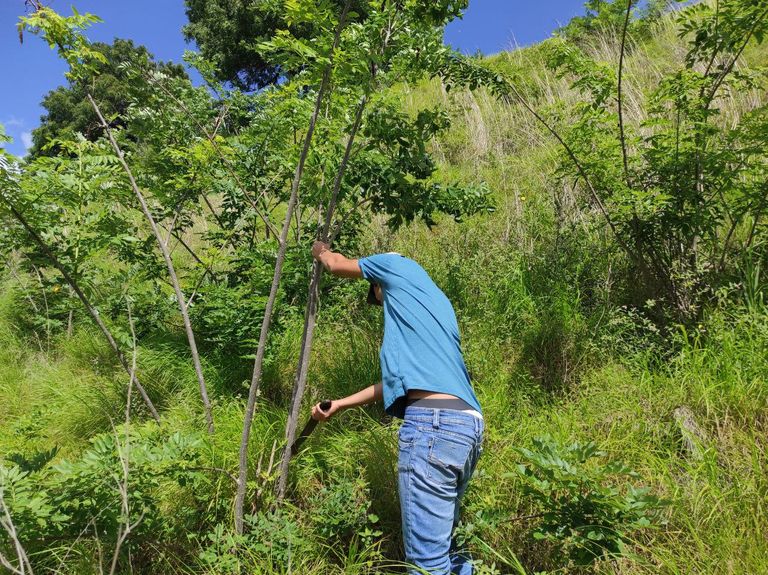


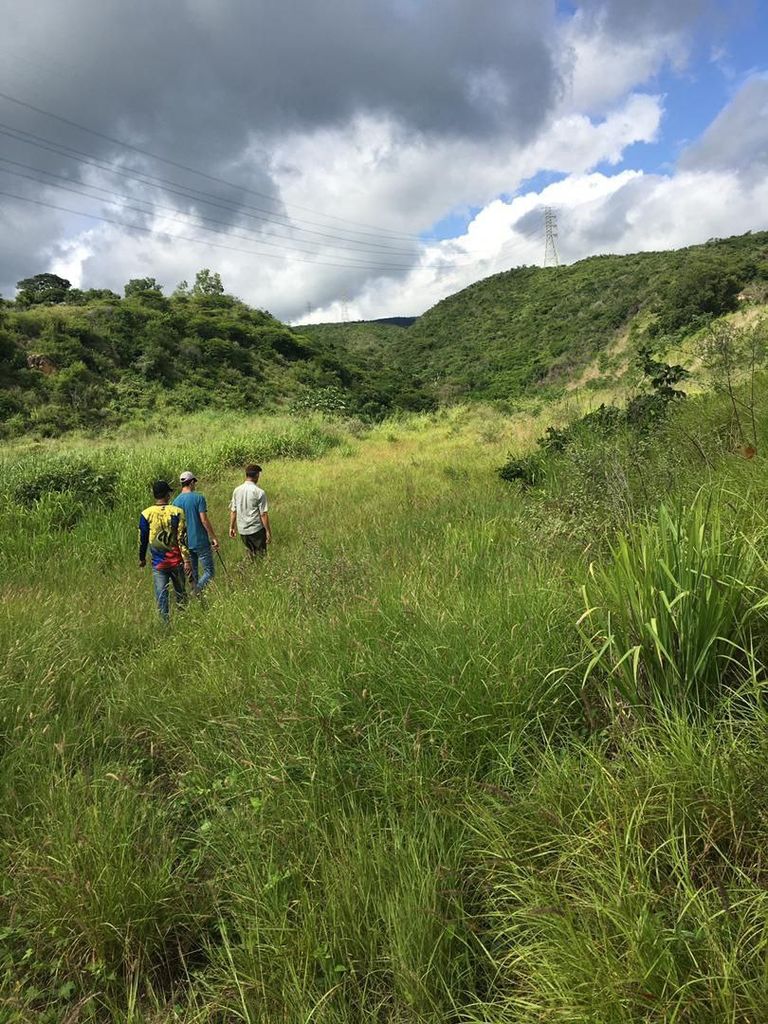
Los cortes debían ser secos, es decir no debía dañarse la fibra de la planta ni doblarla ya que los conductos podrían adquirir bacterias, al dañarse por el mal corte, por lo cual debía cortarse en un solo sentido, con 1 o 2 golpes.
Posteriormente llevaríamos las ramas al vivero donde otro grupo se encargaría de la propagación.
The cuts had to be dry, that is, the fiber of the plant should not be damaged or bent because the ducts could acquire bacteria when damaged by the bad cut, so it had to be cut in one direction only, with 1 or 2 blows.
Later we would take the branches to the nursery where another group would be in charge of propagation.
Es importante acotar que de una rama de 4mt de largo, se obtienen 15 estacas de de 25cm-30cm aproximadamente. Así que necesitamos 5 ramas para propagar mas de 70 estacas o futuras plantas.
It is important to note that from a 4mt long branch, 15 stakes of approximately 25cm-30cm are obtained. So we need 5 branches to propagate more than 70 cuttings or future plants.
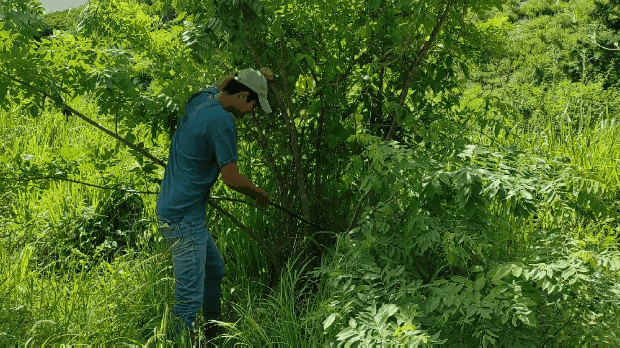
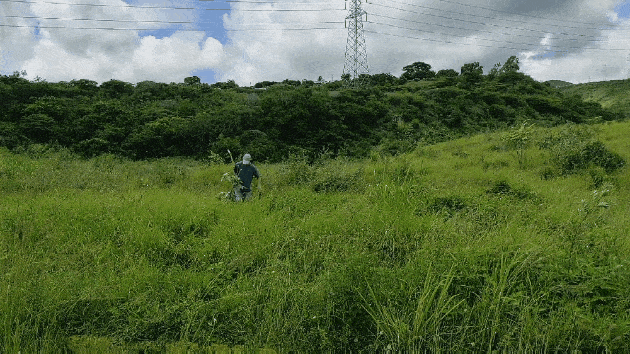
Las hojas se remueven con tijeras y se comienza a hacer cortes en ambos lados de la estaca, la polaridad de la estaca la indican las hojas, es decir si colocamos la estaca con las hojas creciendo hacia abajo, jamás ocurría la propagación por lo cual debe colocar en el sentido que las hojas salgan o crezcan de la rama.
The leaves are removed with scissors and start making cuts on both sides of the stake, the polarity of the stake is indicated by the leaves, i.e. if we place the stake with the leaves growing downwards, propagation will never occur, so it should be placed in the direction that the leaves come out or grow from the branch.
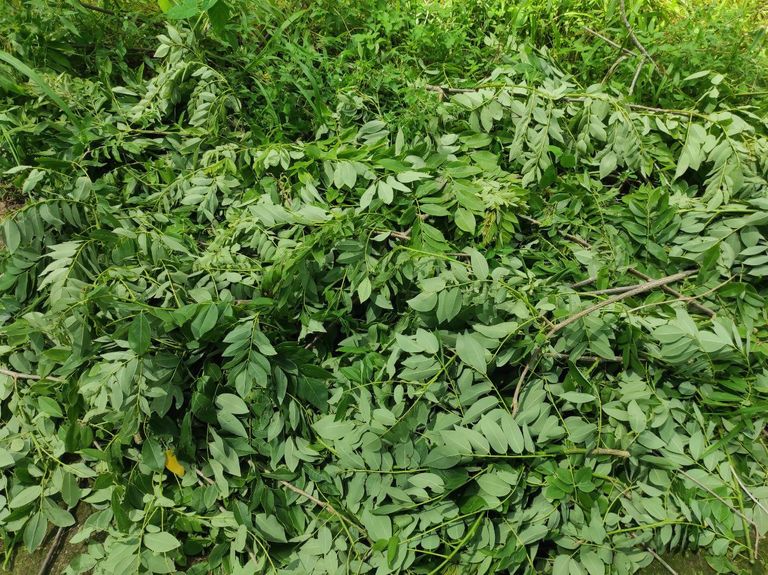

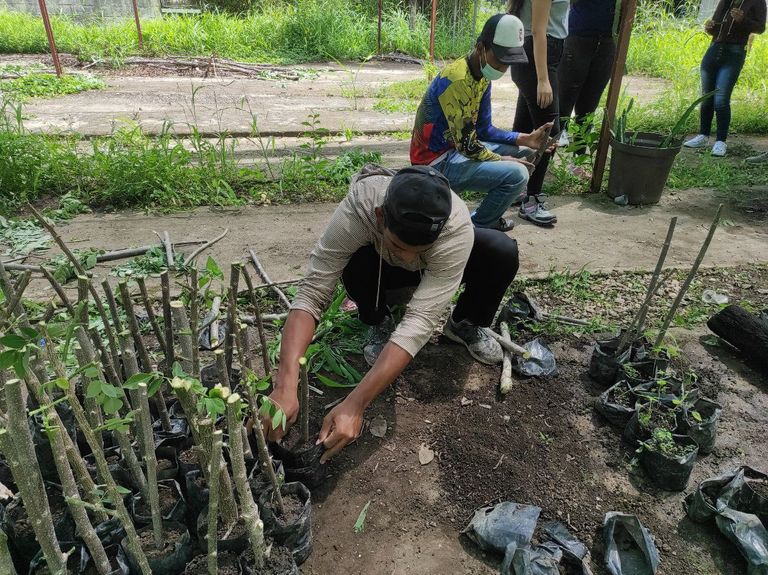
Finalmente se deben regar con un poco de agua y dejarlas en bolsas para vivero, para que comiencen a enraizar, al cabo de 1 mes podrían ser trasplantadas a una zona abierta.
Finally they should be watered with a little water and left in nursery bags, so that they begin to root, after 1 month they could be transplanted to an open area.

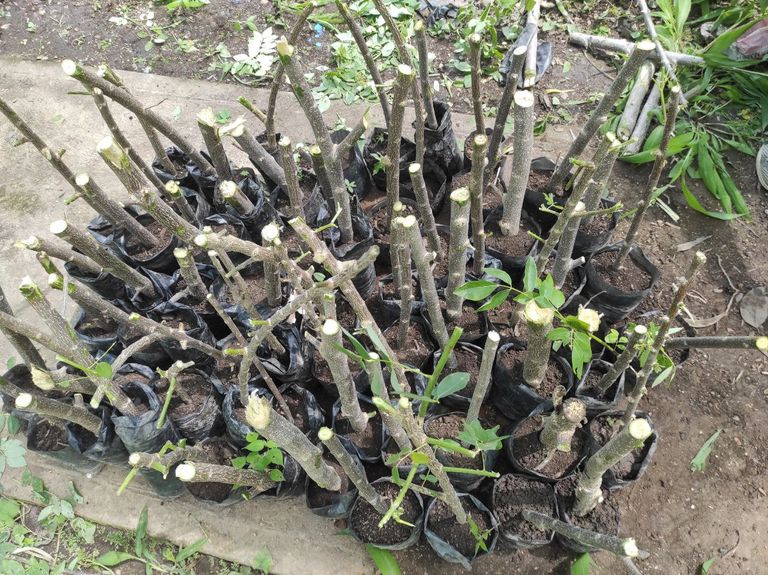
¿Por que queremos reproducir estas plantas? / Why do we want to propagate these plants?
Usualmente esto es para aprender sobre la reproducción por estacas, a como tratar las plantas y como es la manera correcta de hacerlo.
Sin embargo al tener propiedades medicinales y repelentes contra insectos planeamos usar el extracto de estas hojas o plantas para los cultivos de la universidad que a futuro serán los cultivos que debemos atender en una materia, ya que tenemos que hacer un plantación y lograr su cosecha.
Usually this is to learn about reproduction by cuttings, how to treat the plants and the correct way to do it.
However, since they have medicinal and insect repellent properties, we plan to use the extract of these leaves or plants for the university's crops, which in the future will be the crops that we have to take care of in a subject, since we have to plant and harvest them.
Actualmente se planea plantar algunos ejemplares al rededor de la parcela experimental de maiz, esto con doble propósito, eliminar los roedores y depredadores del maiz.
Currently we plan to plant some specimens around the experimental corn plot, this with a double purpose, to eliminate rodents and predators of corn.
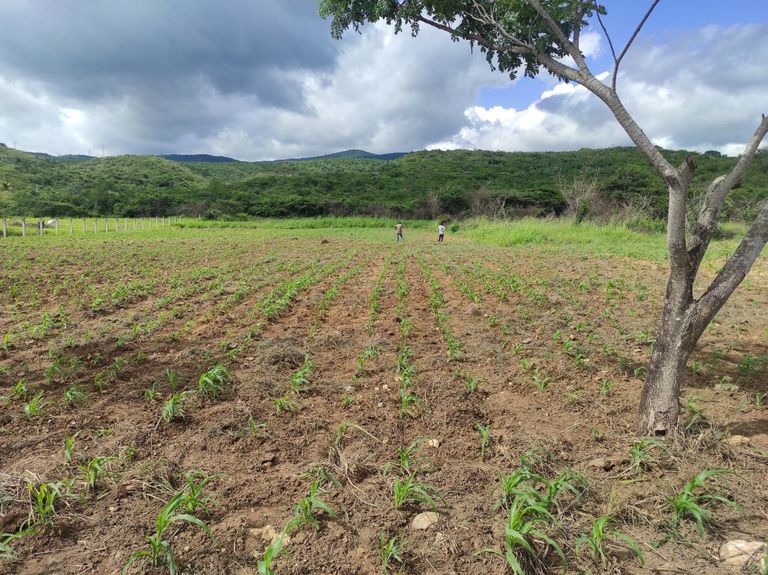

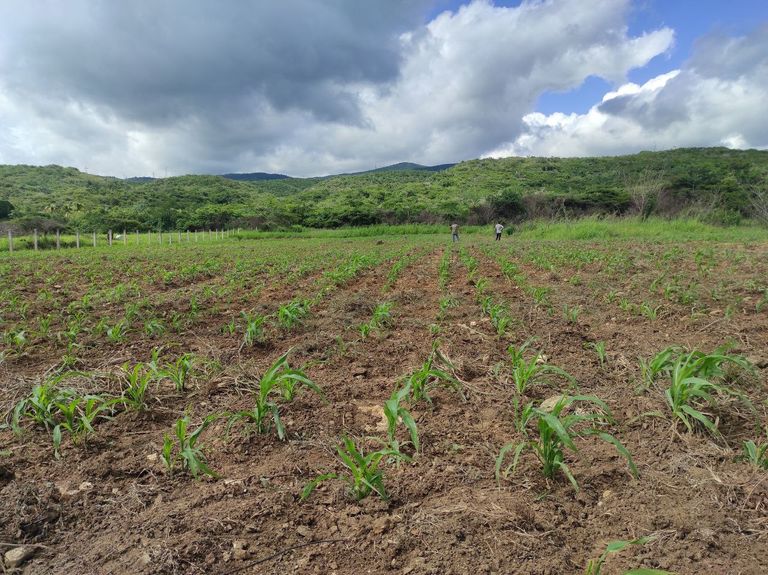
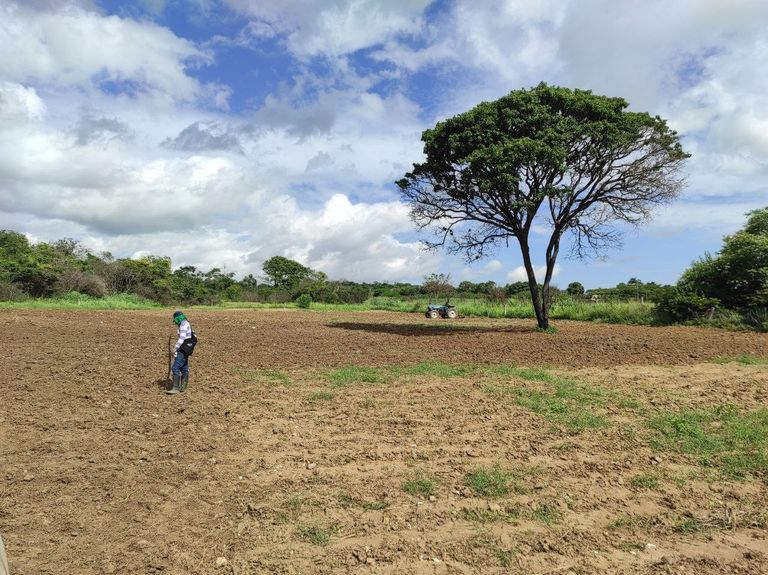

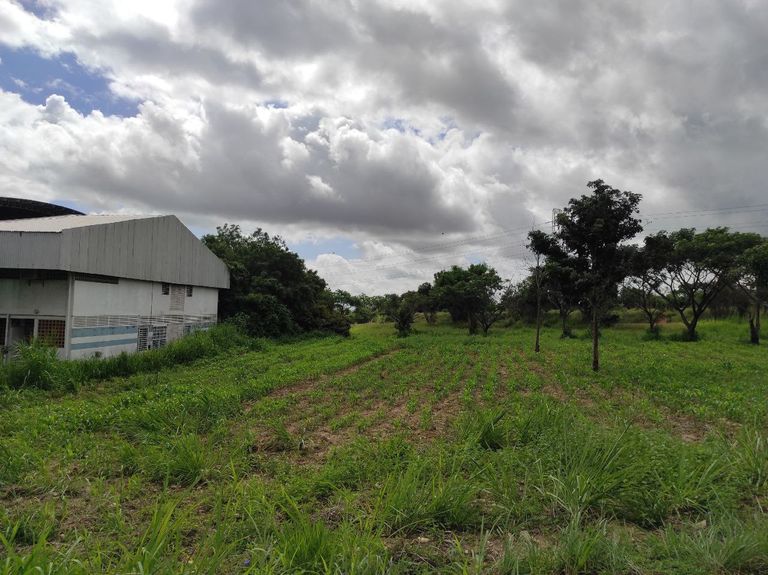
Nos vemos en la próxima.
See you next time.